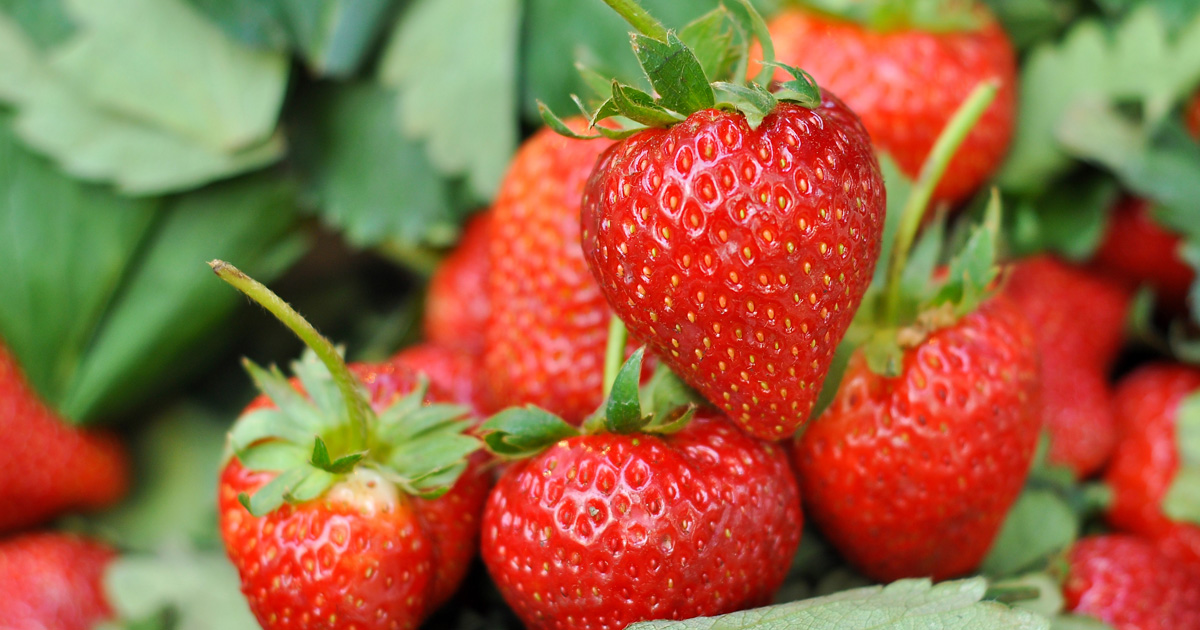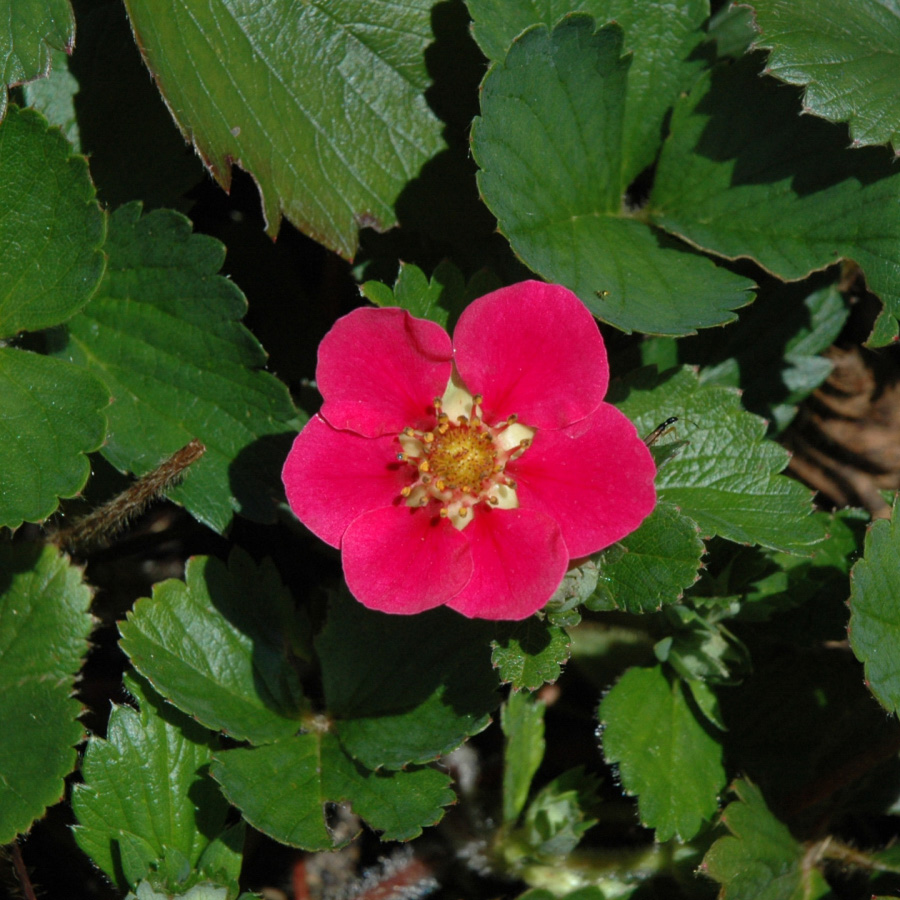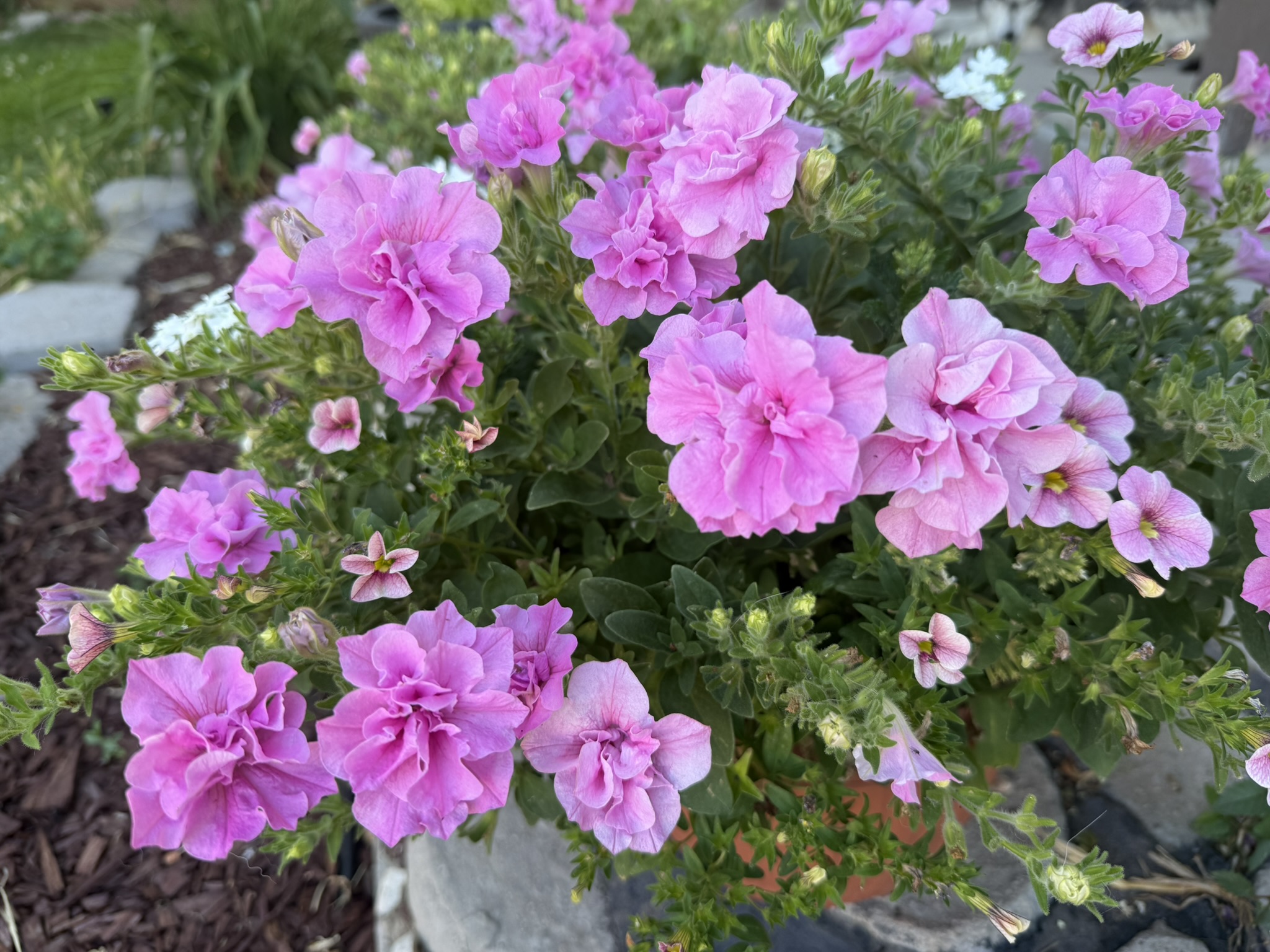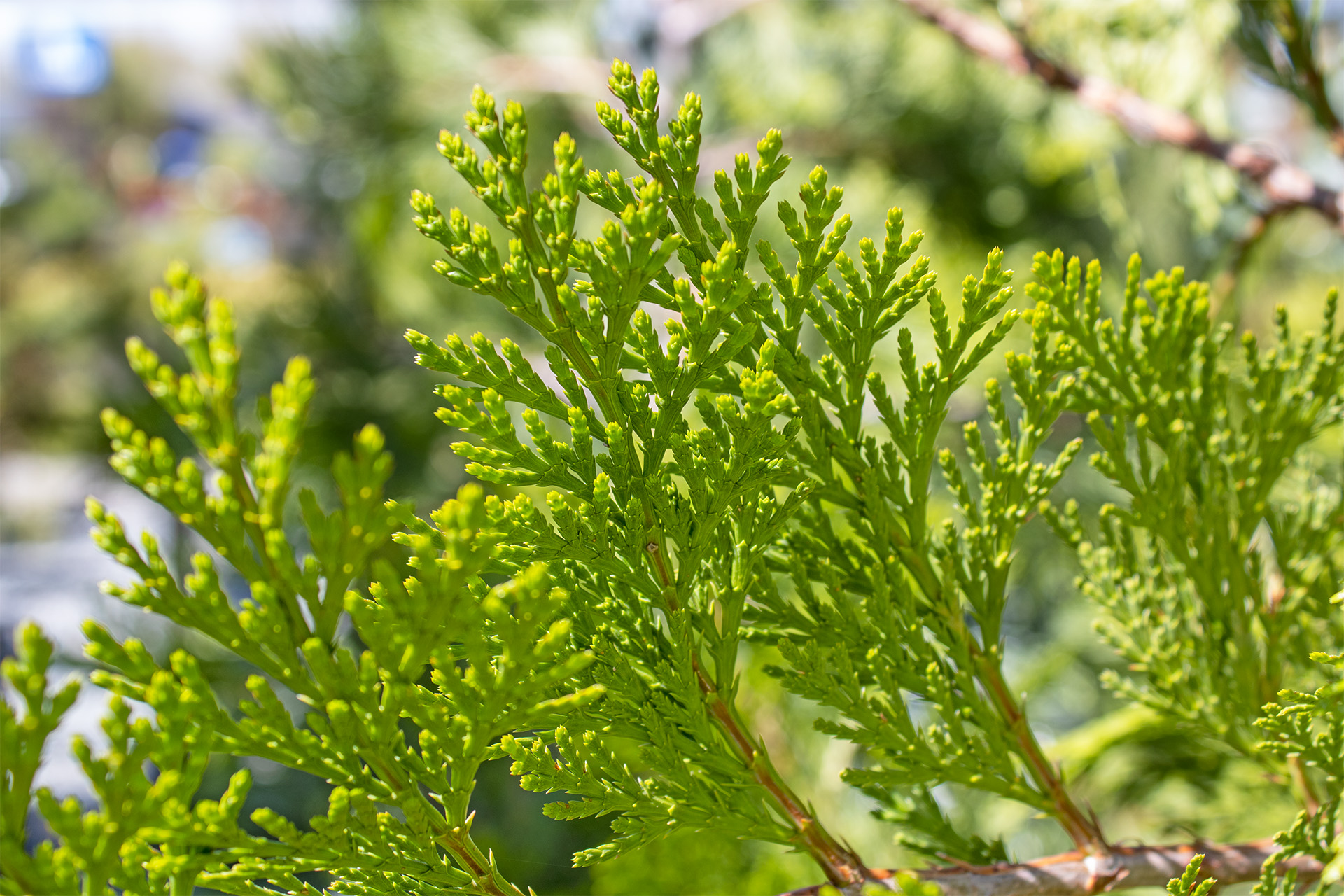Share

Growing For Your Kitchen: Strawberries!
If you are a berry lover, you can’t possibly have a garden without dedicating space to growing delicious homegrown strawberries! From smoothies to pies, and from garden snacks to decorations. Strawberries are highly versatile and can be a gardener’s secret (sweet) weapon to add an easy edible plant or aromatic decoration to their landscape.
Strawberry ‘Sweet Facts’
Did you know that Strawberries are a member of the rose family? It is also botanically not a berry at all! Scientists classify it as a pseudocarp or a “false fruit” because it is a fruit that is made up of many tinier fruits, a “multi-fruit”! They are also the only fruit with seeds on the outside rather than the inside. Across the world, these delicate but great-tasting heart-shaped ‘berries’ are associated with love, summer, and togetherness. Legend has it that if you break a double strawberry in half and share it with someone, you will fall in love with each other.
Legends and folklore aside, Strawberries are a sweet snack that provides many health benefits. Ounce for ounce, Strawberries have more Vitamin C than citrus fruit and have been associated with increasing HDL (good) cholesterol, lowering blood pressure, and guarding against cancer. They are packed with vitamins and antioxidants and are a good source of manganese and potassium. Source: WebMD
Strawberries are generally divided into three groups: spring-bearing(or June-bearing), everbearing, and day-neutral. Both day-neutral and everbearing Strawberry plants bear a little fruit all season long whereas spring-bearing plants bear their entire crop between the warming of Spring and before the peak heat of summer (ending usually before the summer solstice). Day-neutral varieties are slightly different than everbearing because they will produce their heaviest harvests in the late spring and early fall.
What Variety of Strawberry Should I Plant?
At Moana Nursery we have 5 varieties of Strawberries that we suggest for High Desert Gardeners. Read below about each to help pick out which is best for you! OR better yet, plant a mix of all of them to benefit from each’s unique offering all season long!
- Albion Strawberry (Fragaria ‘Albion): this everbearing variety produces a medium-sized fruit with extra sweet flavor! It is great for desserts and jams and produces up to 3 pints of fruit. It is self-pollinating and disease resistant. Will produce between May-August with warmer weather.
- Quinault Strawberry (Fragaria ‘Quinault’): this everbearing variety is very popular! It is extra cold-hardy and disease resistant and will produce at least 2 harvests between May and August.
- Seascape Strawberry (Fragaria ‘Seascape’): this highly productive everbearing strawberry produces large, sweet berries that are great as a snack or in a recipe. It is heat tolerant and disease resistant and will produce multiple harvests throughout the warmer months between Spring and Fall.
- Sweet Sunrise Strawberry (Fragaria ‘Sweet Sunrise’): this spring-bearing (June-bearing) variety fruits in…well, you guessed it, June! You will get a big harvest of large, richly red berries at the beginning of summer/end of spring.
- Lipstick Strawberry (Fragaria ‘Lipstick’): this day-neutral is a showy groundcover with bright pink to red flowers. It is more meant as an ornamental variety instead of an edible variety but it will still produce small semi-sweet to tart berries that can be enjoyed by a Strawberry enthusiast! It is self-pollinating and does very well in containers.
- Tristan Strawberry (Fragaria ‘Tristan’): this everbearing variety is also more ornamental than edible BUT it still produces fruit! Though the smaller fruit is second to the highly-aromatic magenta flowers. It adds a wonderful pop of color and smell to any garden and does very well in containers.
Where to Plant your Strawberry Plant
Strawberries prefer the sun but can tolerate partial shade, a good rule of the green thumb is the more sun your strawberry plants get the more strawberries you will get! They can be used as an edging plant or a groundcover. Their major requirement is good drainage, so they’ll benefit from being planted in mounded soil, terraced beds, barrels, or other types of well-draining containers. They can be grown indoors in a sunny window or with supplemental lighting, which makes them a great candidate for starting indoors in colder areas. Starting your young plants indoors for a spring-bearing variety, especially, will make sure you get fruit in time!
Here in Northern Nevada, strawberries are considered perennials and will come back BUT you need to make sure to buy the proper varieties for our High Desert climate. We promise to only sell you Strawberries that will survive here in our climate!
How to Plant and Care for Strawberry Plants
Be sure to plant strawberry starts with their crown just above the soil level. Use a good soil amendment to help give them a good start (we recommend using G&B Organic’s Soil Building Conditioner). You only need to put in about 30% soil amendment and 70% regular dirt. We recommend spacing outdoor plants 8-12 inches apart but plants in containers can also be as close as 4-5 inches. Remove all flowers for the first two months to help with rooting and then remove runners so that the plant can put its energy into producing fruit.
Just as Strawberries are a good snack for you they can also be a great snack for insects, and other small pests. Use loose bird netting or Organic pest controls to help protect your crop.
Make sure to water your strawberry plant depending on how and where it’s planted. Remember they don’t like to stand in water or very wet dirt. To water bedded plants, use drip irrigation or bubblers between the plants not at the base, or flood the trenches between the mounds or terraces that the Strawberries are planted in. For Strawberry plants in containers, make sure to water at the base of the plant, under the leaves. Avoid watering over the leaves (over-head watering) to prevent leaf burn in the hot sun.
Feed them regularly during their fruiting season to keep them healthy and producing. We suggest using a fertilizer that is low in nitrogen so that it will promote healthy bud growth. G&B Organic’s All Purpose Fertilizer is easy and can be applied once in the Spring and once in the mid- to late-summer because it is a slow-release, granular formula. To understand more about fertilizer’s read our blog about Fertilizer Basics.

Want to learn more or have any specific questions, stop by any one of our three Moana Nursery garden centers or contact us online!
Share

Annuals grow fast and bloom hard. That kind of performance takes fuel, and fertilizer is their go-to energy source.

With its graceful shape, aromatic wood, and vital ecological role, the Incense Cedar is more than just an attractive tree—it’s a fantastic addition to any garden in the high desert.

The Sun Valley Red Maple is not just another tree—it's a resilient, seasonal beauty that thrives in the high desert, offering you years of color and grace in your landscape.

Whether you’re looking to enhance your garden with a striking ornamental tree or want a compact, resilient option for smaller spaces, the Snowdrift Flowering Crabapple tree is a fantastic addition to your landscape.
